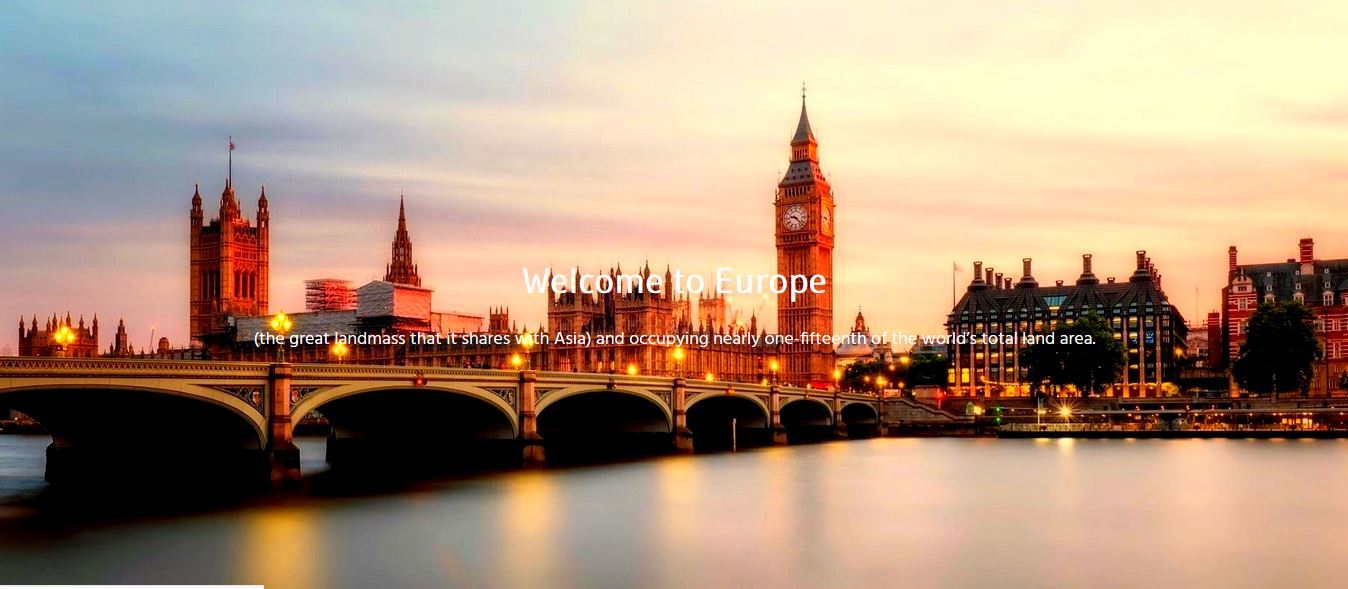Welcome to Europe

Europe’s largest islands and archipelagoes include Novaya Zemlya, Franz Josef Land, Svalbard, Iceland, the Faroe Islands, the British Isles, the Balearic Islands, Corsica, Sardinia, Sicily, Malta, Crete, and Cyprus. Its major peninsulas include Jutland and the Scandinavian, Iberian, Italian, and Balkan peninsulas. Indented by numerous bays, fjords, and seas, continental Europe’s highly irregular coastline is about 24,000 miles (38,000 km) long.
Among the continents, Europe is an anomaly. Larger only than Australia, it is a small appendage of Eurasia. Yet the peninsular and insular western extremity of the continent, thrusting toward the North Atlantic Ocean, provides—thanks to its latitude and its physical geography—a relatively genial human habitat, and the long processes of human history came to mark off the region as the home of a distinctive civilization. In spite of its internal diversity, Europe has thus functioned, from the time it first emerged in the human consciousness, as a world apart, concentrating—to borrow a phrase from Christopher Marlowe—“infinite riches in a little room.”


